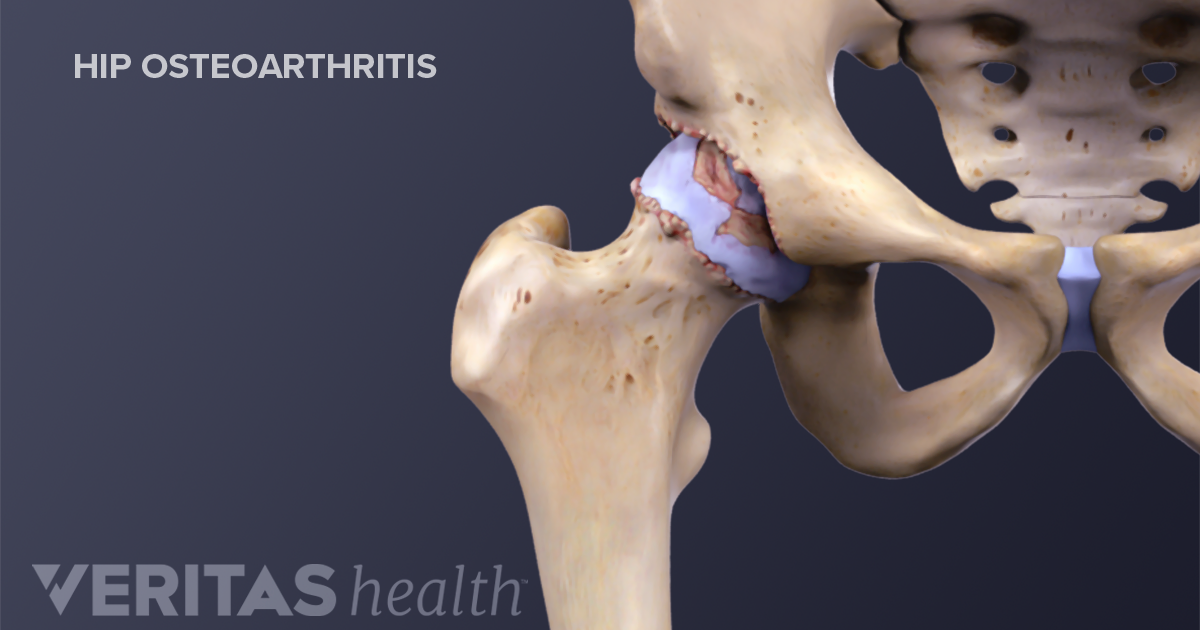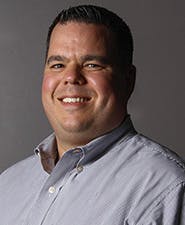 With Connecticut continuing to lead the country in our response to COVID-19, it has allowed many people to feel more comfortable with scheduling elective surgeries which may have been pushed off for months by the pandemic. But after months of recurring pain and increasing stiffness and restriction, are you at your best leading into your surgery? Probably not! Enter your best weapon to optimize your surgical outcome: PREHAB.
With Connecticut continuing to lead the country in our response to COVID-19, it has allowed many people to feel more comfortable with scheduling elective surgeries which may have been pushed off for months by the pandemic. But after months of recurring pain and increasing stiffness and restriction, are you at your best leading into your surgery? Probably not! Enter your best weapon to optimize your surgical outcome: PREHAB.
Prehab is short for preoperative rehabilitation. Studies have shown that patients who engage in Prehab consistently demonstrate better outcomes after surgery with less pain and quicker return to function. Prehab can be done for all areas of the body including Total Hip and Knee Replacements, Rotator Cuff Repairs, Spinal Surgery, and Ankle/Foot Surgery.
 “But why in the world would I go through PT before I have my hip done?!?! My hip is already so painful. I don’t want to make it worse.” Here’s the truth…leaving an aching, throbbing, stiff, and weak area to rest and avoid movement will only lead to progressively greater weakness, stiffness, and yes….PAIN!!
“But why in the world would I go through PT before I have my hip done?!?! My hip is already so painful. I don’t want to make it worse.” Here’s the truth…leaving an aching, throbbing, stiff, and weak area to rest and avoid movement will only lead to progressively greater weakness, stiffness, and yes….PAIN!!
Ever hear the phrase “movement is the best medicine”? That’s because it is. Stiffness and tightness of an already irritated joint is only going to compress it further and create additional pain and symptoms.
For the sake of argument, lets keep this on the topic of a degenerative hip. If you have 2 arthritic bones (the head of the femur/thigh bone and the acetabulum/hip socket), they rub against each other like 2 pieces of sand paper.
Now riddle me this: When was the last time increasing the pressure on 2 pieces of sandpaper that were rubbing against each other made movement easier? Hasn’t happened and won’t happen. So then why are we so willing to allow our joints to get tighter and stiffer? Your joints are made to move, arthritic or not. So let them move.
 Now let’s turn the conversation to strength. Who needs strength to move? (Everyone’s hands should be raised here). I don’t care if you have a degenerative joint or not; strength within our muscles allows our body to move more naturally AND…..decompress the joint. Take those 2 pieces of sandpaper from earlier. Now, create enough strength to allow them to create and support a hairline of separation. You might catch the sandpaper like joint together occasionally as you move, but I can guarantee you that it will catch, grind, and create inflammation less consistently. That stability will allow for decreased pain because it will support the movement while maintaining better joint space.
Now let’s turn the conversation to strength. Who needs strength to move? (Everyone’s hands should be raised here). I don’t care if you have a degenerative joint or not; strength within our muscles allows our body to move more naturally AND…..decompress the joint. Take those 2 pieces of sandpaper from earlier. Now, create enough strength to allow them to create and support a hairline of separation. You might catch the sandpaper like joint together occasionally as you move, but I can guarantee you that it will catch, grind, and create inflammation less consistently. That stability will allow for decreased pain because it will support the movement while maintaining better joint space.
We should also not negate the impact that an inflamed joint can have on the surrounding muscles. The musculature around a degenerative joint often times will feel full of trigger points or knots. These pieces of muscle which are bound and tightened without the ability to contract and subsequently relax are unable to assist in the support of the affected area. They also can create tremendous pain both locally around the area, but also refer pain which can be misdiagnosed as nerve pain.
Let us not assume that Prehab is only good for degenerative joints. Look at the overabundance of rotator cuff tears. A high level partial tear and certainly complete tears/ruptures of the muscle or tendon are commonly repaired. Someone with a full tear of the rotator cuff will often hold the arm at the side from both pain but also from an inability to activate the muscles needed to create movement. Taking that shoulder and maximizing the movement both actively and passively reduces post-operative tightness and leads to a significantly reduced chance of frozen shoulder (adhesive capsulitis) after surgery.

I had a great opportunity to the put the theory of Prehab to the test. A patient of mine had a rotator cuff repair. He saw me for 4 months to get full motion and strength back. A full year after completing his rehab for the right shoulder, he contacted me because he had fallen and injured his left shoulder. Sure enough, he tore the exact same tendon on the other side. We immediately began range of motion and strengthening of the shoulder while I referred him back to his orthopedic surgeon for MRI to confirm my diagnosis and that he would need surgery.
Upon returning for his post-op therapy, we measured dramatically less initial stiffness, better muscle strength and stability, and substantially less pain and discomfort throughout his rehab. Within 2 months this patient was discharged from my care with full motion and strength and was progressed back to the gym and independent exercise. Following up a full year after his surgery and you wouldn’t know he had ever had a shoulder operation.
The same surgeon, rehab protocol, and Physical Therapist. So what’s the difference? Prehab made the difference. See the difference prehab can make in your surgical outcomes.
Remember, no physician referral is needed for Physical Therapy. If you’re interested in Prehab, click here to request your consultation and lets make sure you are at your peak heading into the operating room.
 Kyle Branday, MSPT, C-PS has been in practice for 15 years and a graduate of Quinnipiac University, in Hamden, CT treating patients of all ages and ability levels. Taking special interest in movement dysfunction, Kyle prides himself on diagnosis of both acute and chronic issues. With training in dry needling, Selective Functional Movement Assessment, as well as Mulligan and McKenzie Techniques, Kyle is able to address your specific needs. He can be reached in the Woodbridge office at (203) 389-4593.
Kyle Branday, MSPT, C-PS has been in practice for 15 years and a graduate of Quinnipiac University, in Hamden, CT treating patients of all ages and ability levels. Taking special interest in movement dysfunction, Kyle prides himself on diagnosis of both acute and chronic issues. With training in dry needling, Selective Functional Movement Assessment, as well as Mulligan and McKenzie Techniques, Kyle is able to address your specific needs. He can be reached in the Woodbridge office at (203) 389-4593.
Tags:
- Arthritis
- Fitness
- Health
- Mobility
- Movement
- Orthopedics
- Pain
- Pain Relief
- physical therapy
- Post-op
- Prehab
- rehab
- Stability
- Surgery
- Total HIp
- Total Knee
- Wellness


